By Robbie Culver
In the Homebuilders Hangar, a replica of C.J. “Steve” Wittman’s Buster is on display. This is no ordinary replica — it includes original parts and was meticulously built by members of EAA Chapter 252 in Oshkosh from drawings made of the original.
Wittman began his air racing career in 1926, and by 1931 he had designed a purpose-built racing aircraft: the Chief Oshkosh. With an innovative mid-wing design intended to be light and fast, it had no brakes in its initial configuration. The aircraft went through multiple design changes, including different wings and engines. In 1937, Wittman installed a steel spring leaf landing gear that he designed and patented. The same steel leaf design was later adopted by Cessna for use in its aircraft.
To describe Wittman as an aviation and air racing legend is an understatement. If Wittman’s name is familiar, it may be because AirVenture Oshkosh is held at Wittman Regional Airport, where he was the manager from 1931 to 1969. Wittman was an early EAA member and helped bring what was then the EAA Fly-In to Oshkosh in 1970.
Jim Cunningham, EAA 594611, said: “Chief Oshkosh did exceptionally well in air races in the 1930s. It crashed in Oakland after an engine failure and was wrecked. It was decommissioned. The wreck hung here in Oshkosh during World War II. Right after the war, Wittman and Bill Brennand rebuilt it just for something to play in. Then they noticed that this airplane would fit in the Goodyear racer specifications very well. They rebuilt it as a racer, and Steve changed the name to Buster.”

The wings and canopy used in the replica on display are the original as flown by Bill Brennand in 1947, the year it was raced in Cleveland. Weight had to be added to the aircraft to meet race requirements, and Brennand won.
Jim has documented much of the project and the history that led to it. “This project started actually about 15 years ago when a gentleman named Dave Broadfoot down in Milwaukee, a builder and pilot, had restored the fabric on the original Buster, which was in the National Air and Space Museum in 1980,” he said. “When he had all the fabric off, he did sketches and took measurements of the structure of the fuselage. This was important because there were no plans made for this aircraft. His intent was to build a copy for himself, but as with many of us, time got in the way, and that never happened.”
He added: “One of our Chapter 252 members was down visiting Dave to buy his Sonex. He saw the different items that Dave had off the original and his sketches and reported that to EAA, and it was decided that we should build a full-scale re-creation for the museum.”
The replica was built by members of EAA Chapter 252 in Oshkosh. This was possible thanks to the hard work of Mike Butler, Jim Casper, Charlie Becker, Bill Brennand, Jakob Brouillette, Tracy Noack, John Schram, Fred Stadler, and Jim Cunningham, among others. The nose bowl was fabricated by Mark Kinnison.
The original Buster now hangs in the Smithsonian National Air and Space Museum in Washington, D.C. The Smithsonian refers to the aircraft as having the “longest and most successful career in air racing history.”
The Homebuilders Hangar is at grid location K-9 on the AirVenture map, on the northwest edge of the Homebuilt Aircraft Display area.

